Are your floors passé? Find out from these 8 outdated flooring trends designers are leaving behind in 2025
Gray wood and faux stone tile, begone. These are the outdated flooring styles experts are officially over – and what to try instead
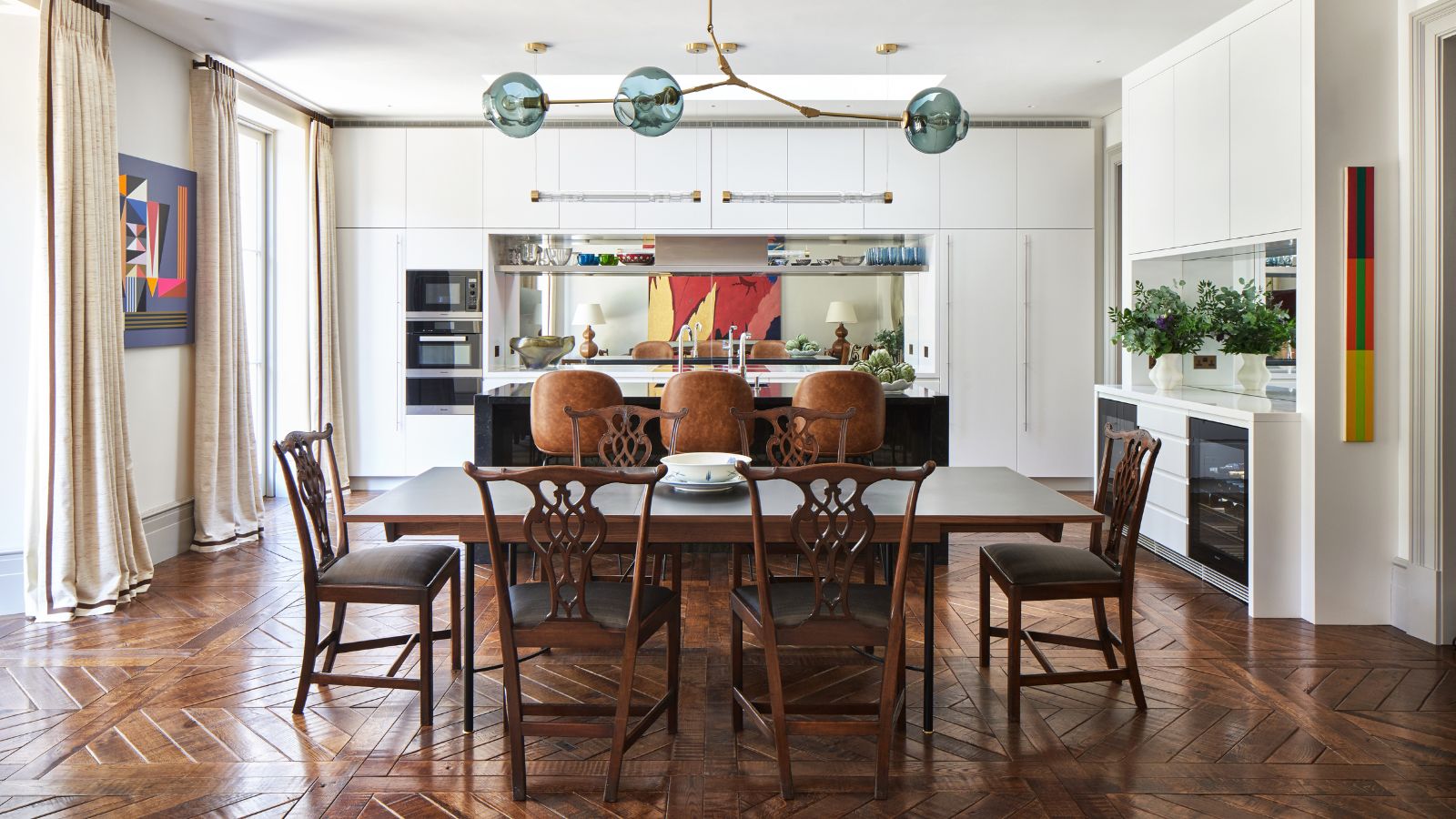
Just the thought of outdated flooring trends is enough to send shivers down the spine of any design-minded homeowner. They might just be the biggest interior faux pas of them all – because unlike a rogue wall color or an unflattering sconce, floors are inescapable. They’re everywhere, all the time.
Spanning your home’s entire square footage, flooring holds major power. Like a bad haircut, they can instantly shift the tone of a room – be it charming and old-world, modern and minimal, or just… off. And since replacing them is no small task (or expense), the material you choose needs to withstand both heavy foot traffic and the fickle nature of flooring trends.
So we asked top interior designers what’s in – and more importantly, what’s officially out – when it comes to flooring ideas in 2025. These are the styles they wouldn’t touch for a new project today, and why you might want to reconsider these interior design mistakes, too.
8 outdated flooring trends for 2025
While home decor ideas are subjective, if you’re aiming for a space that feels current, designers suggest steering clear of these outdated flooring trends in 2025.
1. All things gray
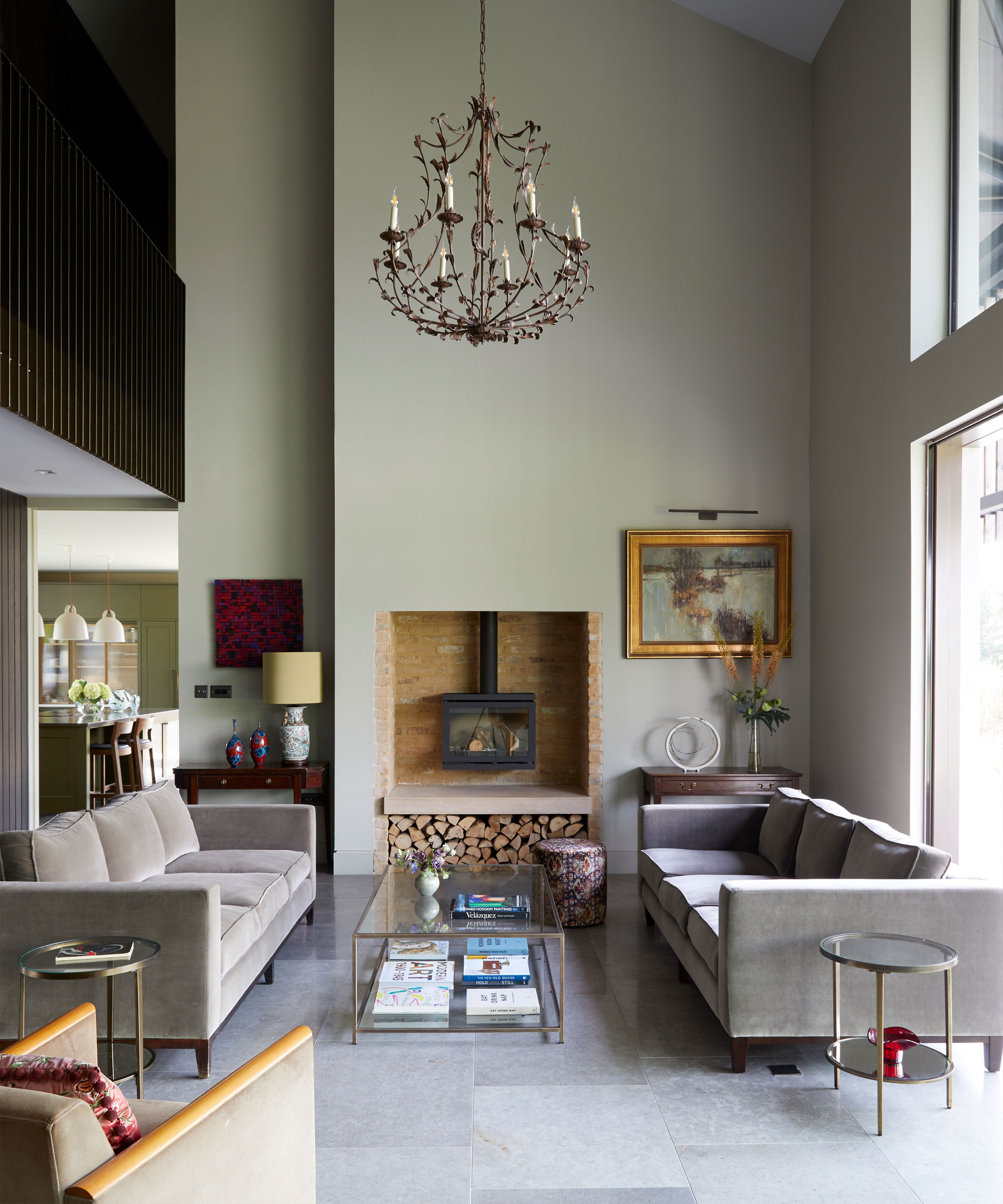
Gray had its moment, but now it’s falling flat – be it wood, tile, or anything in between.
Decorating with gray once had a strong grip on the design world – but in 2025, it’s become quite divisive. While some still love the cool neutral, designers largely agree gray flooring ideas now make a space feel drab, uninspired, and occasionally, cold.
‘Once a darling of the modern farmhouse and industrial loft movements, gray-toned wood flooring swept through homes in the 2010s like a design default,’ explains interior designer Nina Lichtenstein of Custom Home Design by Nina Lichtenstein. ‘The cool-toned palette was seen as clean, neutral, and urban. But over time, it’s become synonymous with spec homes and builder-grade flips, and in many interiors, it can read as cold or flat, especially when paired with cooler wall colors and stainless steel everything.’
It's no stand-in for the real thing, conurs Elizabeth Sims, founder of CALAFIA Home Design: ‘I love gray, but it’s not a natural tone for wood. Wood flooring ideas should feel like the real thing, and retain its natural warmth.’
Design expertise in your inbox – from inspiring decorating ideas and beautiful celebrity homes to practical gardening advice and shopping round-ups.
‘Gray is falling out of favor as we’re rejecting anything clinical or cold in pursuit of warm, cozy palettes,’ chimes in Neel Bradham, CEO at flooring company Parador, of the color trend more generally.
Beiges, medium browns like light walnut, dark chocolatey wood, and soft white – hues that add a more grounding warmth to a room – are what designers are leaning into now.
2. Wide plank, farmhouse-inspired wood
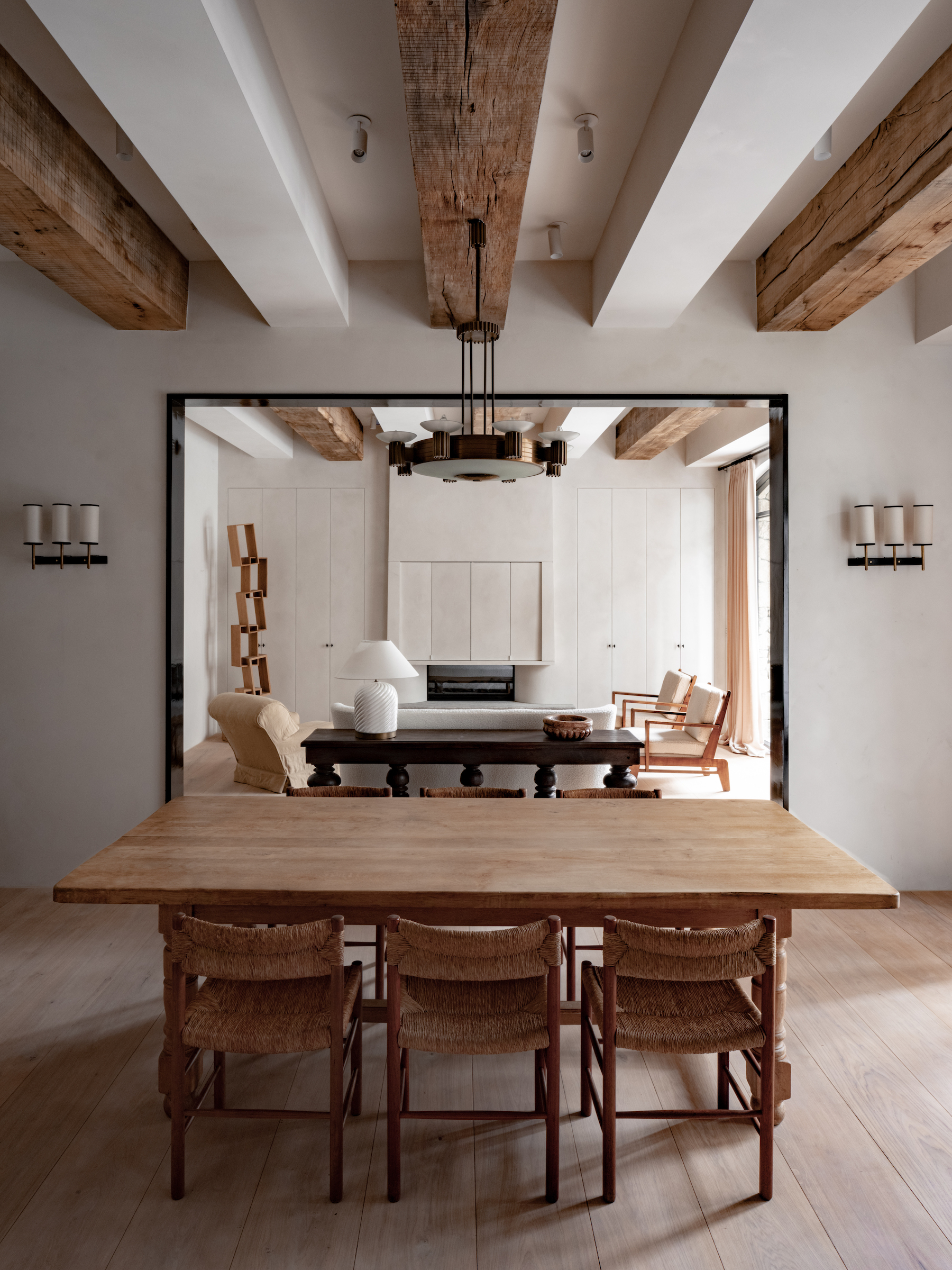
The width works – it’s the artificial finish that doesn’t. Stick with natural tones to keep the farmhouse look convincing.
Although farmhouse decor ideas remain a core interior design trend in 2025 – just look at how Cottagecore continues to thrive – designers caution that the flooring it inspired hasn’t aged quite as well. Specifically, those ultra-wide, pale planks.
‘I feel that wide plank light floors – anything farmhouse-related – feel like something that’s been done,’ says Massachusetts-based interior designer Robin Gannon of Robin Gannon Interiors. ‘It’s had its moment.’
Instead, Robin is seeing a shift toward traditionalism and a return to deeper, richer tones. ‘Tradition is coming back a bit more, as is depth of color. You can never go wrong with a warm wood floor, wider than what’s typical of builder grade, but not like the eight or nine-inch planks – unless you actually have a farmhouse!’
3. Painted floorboards
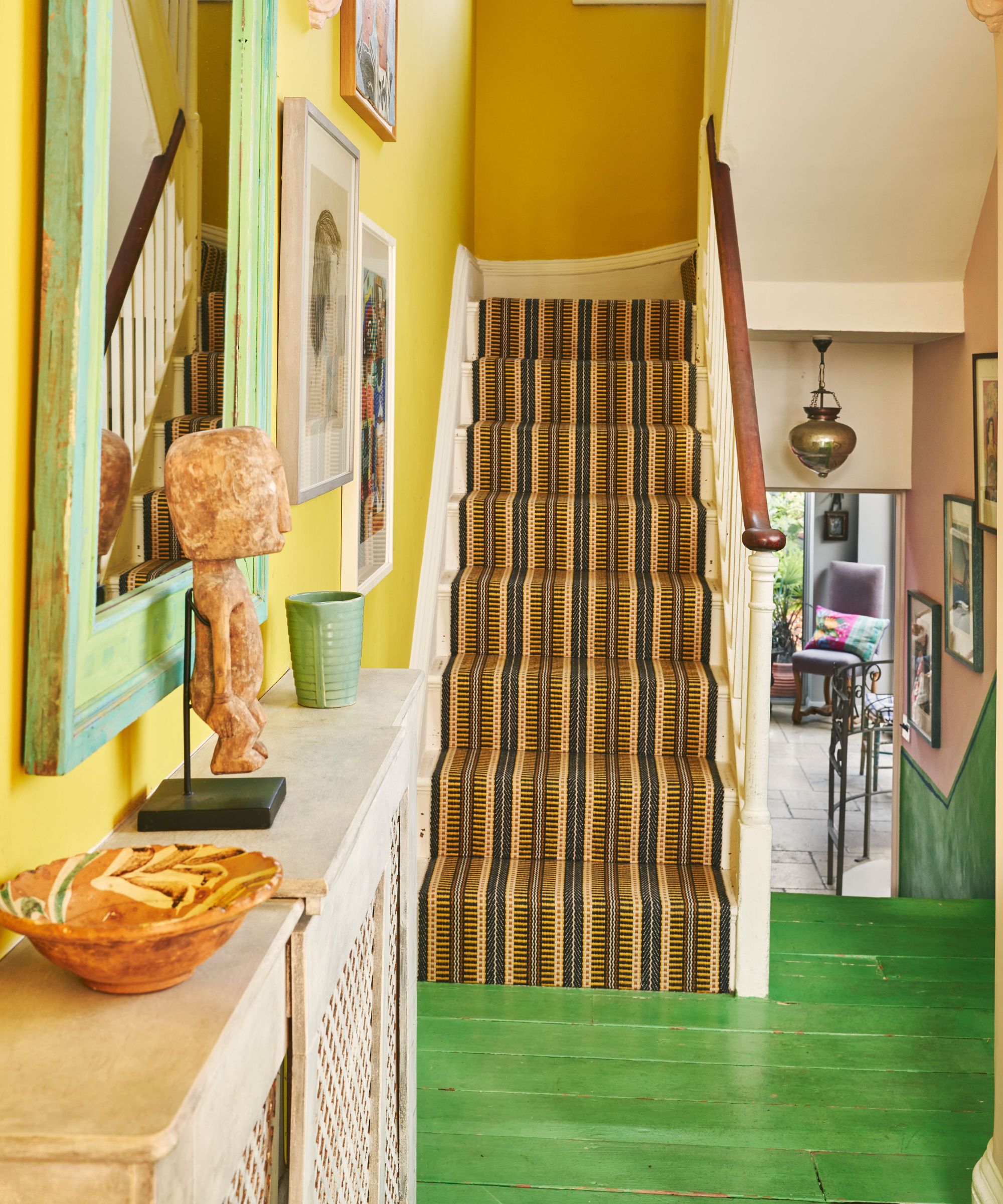
Painted floorboards can be fabulous – the bold green here makes a case – but they rarely hold up to everyday wear.
Speaking of floorboards – painting them, no matter their width – is a no for 2025. ‘There was a moment – probably peak shabby chic – where these were everywhere,’ notes designer Jessica Summer of Jessica Summer Design. ‘And yes, they can look fresh and pretty, but they’re just so impractical. Every bit of dirt and wear shows up immediately,’ she points out.
The better move is to skip the paint altogether and let the wood shine. ‘I’d always go for a natural timber with a matte finish,’ continues Jessica. ‘It wears in beautifully and doesn’t need constant upkeep… using cheaper boards for painting may cost less to put in, but will cost you more with the maintenance.’
4. Artificial wood
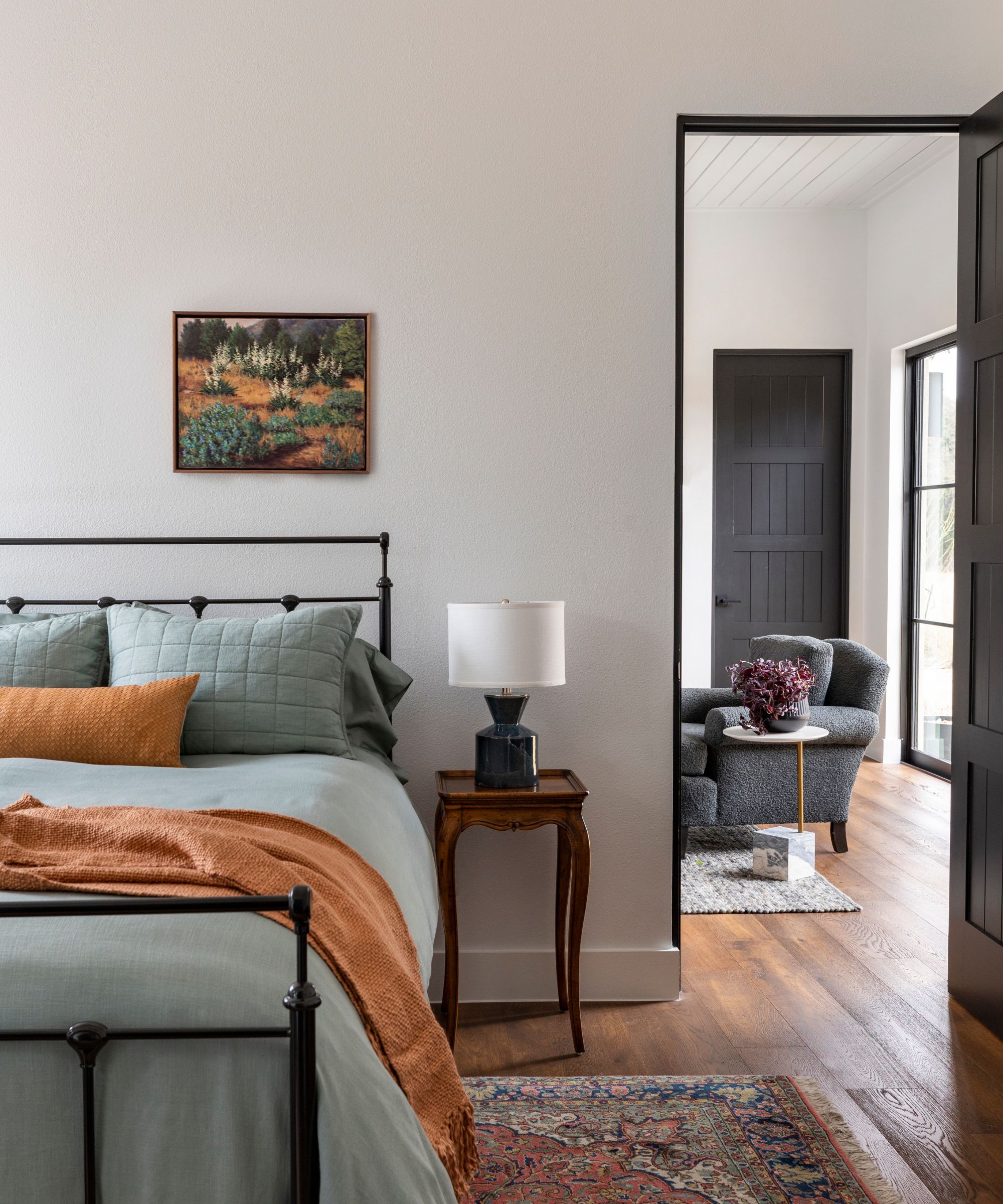
One simply can't fake the perfectly imperfect quality of real wood, and this space proves exactly why.
Floors that feel engineered – in both look and origin – are increasingly being passed over for materials with a story. Designers agree that the glossy uniformity of artificial wood can cheapen a space, especially compared to the soulful charm of the real thing.
‘If you want the look of a wood floor, go for the real thing, and let it age,’ says Elizabeth Sims. ‘I think Americans can be overly concerned with things retaining their newness. When I go to Europe, I can’t help but love all the scuffed wood and patinated marble. It has authentic character and quality. Plus, I’ve heard anecdotally that some of these engineered products don’t really stand up to flooding and other damage. Finally, they’re more environmentally wasteful.’
Julie Anne Burch of Julie Anne Burch Interiors adds: ‘Wherever possible, I love sourcing local elements – it’s more sustainable, and it connects the home to its setting.’ Especially in historic homes, she notes, original flooring is almost always worth saving.
Why replace something authentic with a wannabe?
5. Wall-to-wall carpets in high-traffic areas
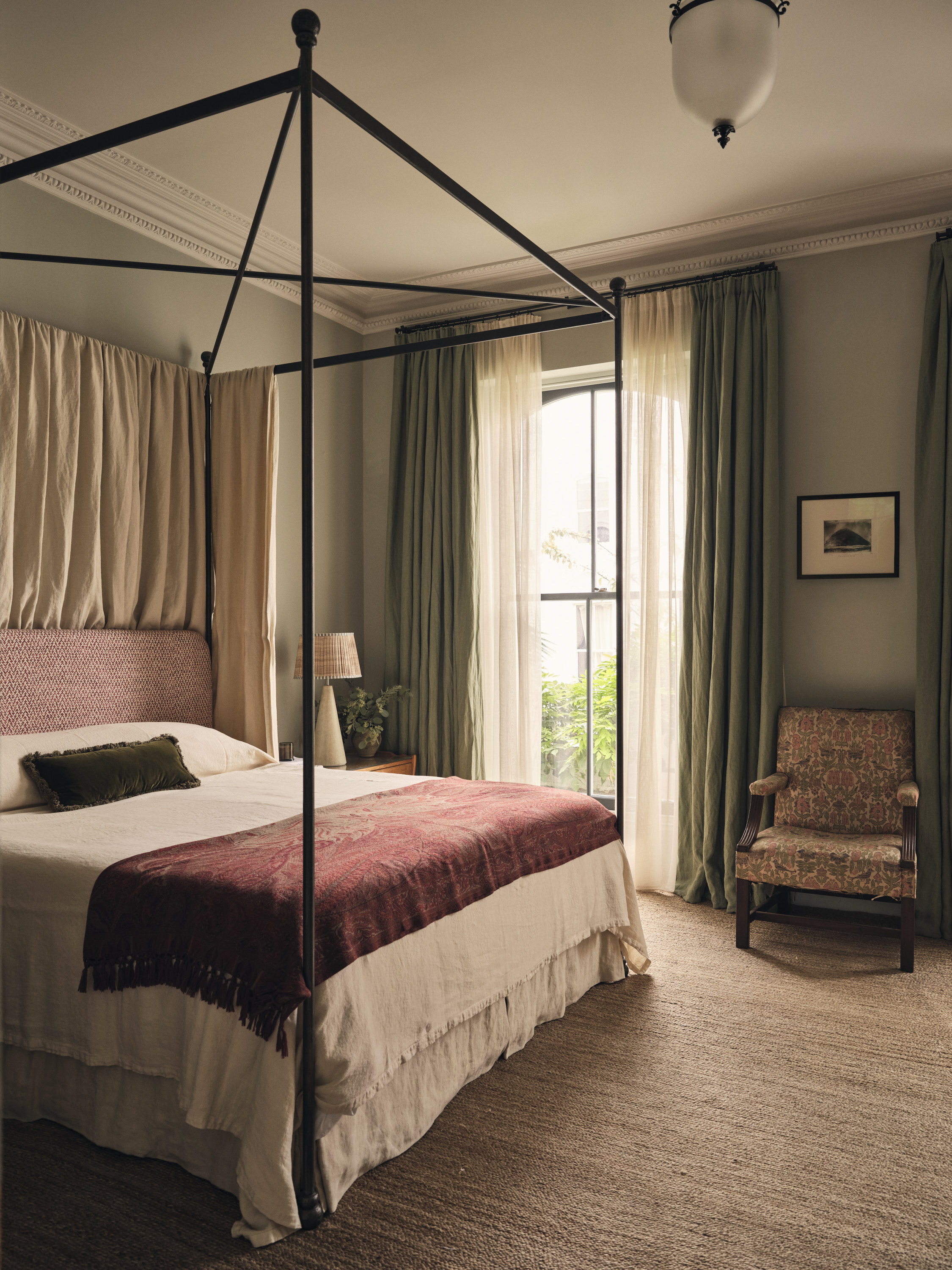
While carpets in the entryway might be out, low-traffic areas – like bedrooms – are still fair game.
Yes, wall-to-wall carpet ideas are cozy, but in high-traffic areas, carpet is often more hassle than it’s worth. If you’ve ever lived through the great taupe carpet wave of the early 2000s, you already know.
‘While carpet has its place (bedrooms, playrooms, cozy nooks), wall-to-wall installations in living rooms or dining areas are increasingly rare in thoughtful, modern design,’ notes Nina Lichtenstein. ‘They’re prone to staining, trap allergens, and often wear unevenly, especially in homes with pets or young children. Plus, many styles popular in the ‘90s and early 2000s featured overly sculpted textures or taupe-y beige tones that now feel uninspired.’
Besides, rugs can evolve with your taste. They’re easier to clean, swap, and restyle, without needing to rip up an entire floor.
6. Patterned floor tiles
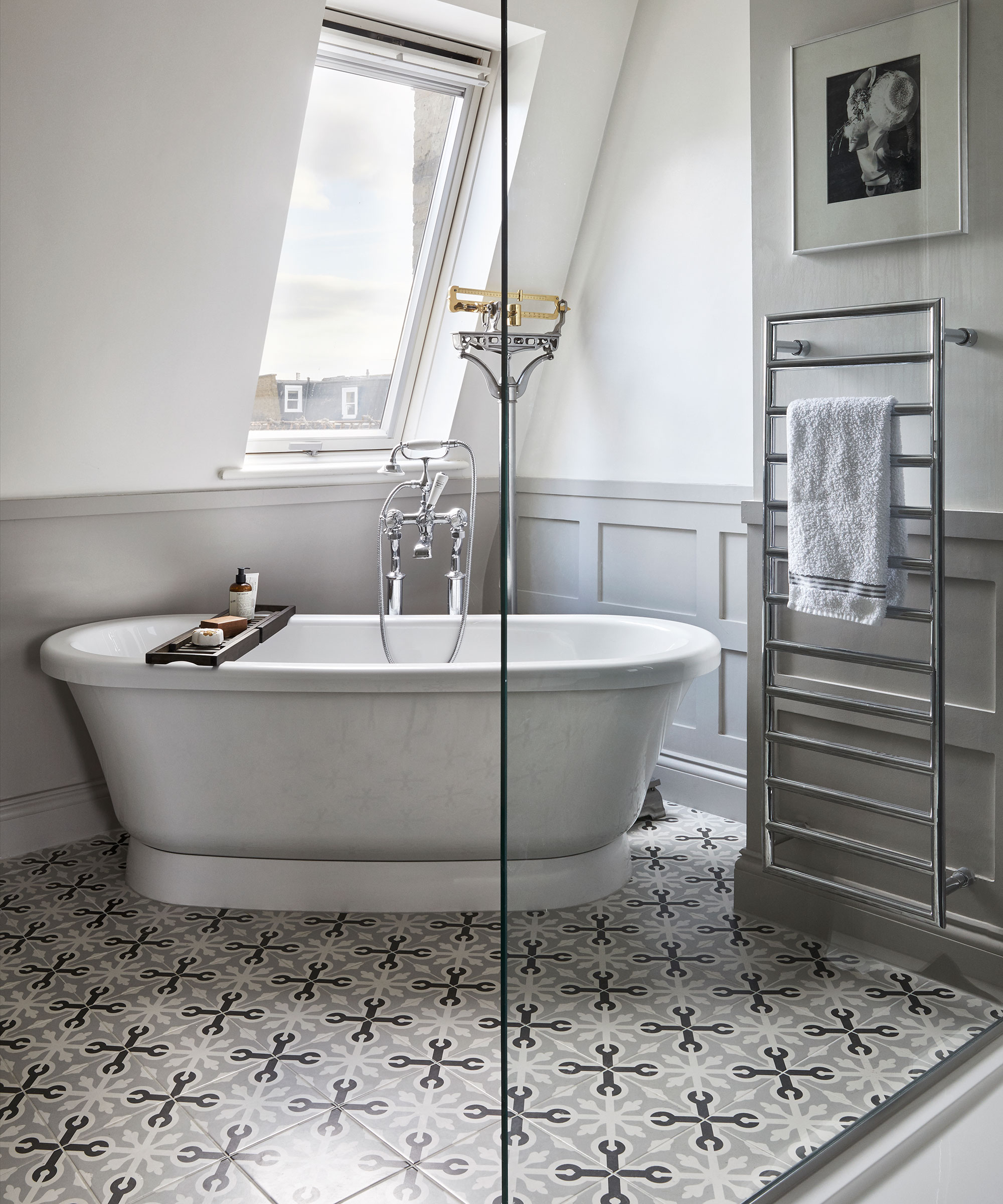
Patterned tiles, despite their goal being the opposite, get tiresome pretty quickly – and in 2025, we’re getting sleepy.
There’s a fine line between bold and overdone, and patterned floor tile trends are currently walking it. Like a mass-produced patterned piece from a high street brand, their ubiquity is starting to show.
‘Patterned tiles on floors now are feeling a little dated,’ says Laura Williams, founder of Living Oak Interior Design. She’s not entirely dismissing them, but suggests their energy is better used elsewhere, say for bathroom flooring ideas or kitchen flooring ideas. 'I do feel like patterned tiles still have a home on walls, stair treads, backsplashes, or even outdoor areas.’
7. Floor tiles imitating natural materials
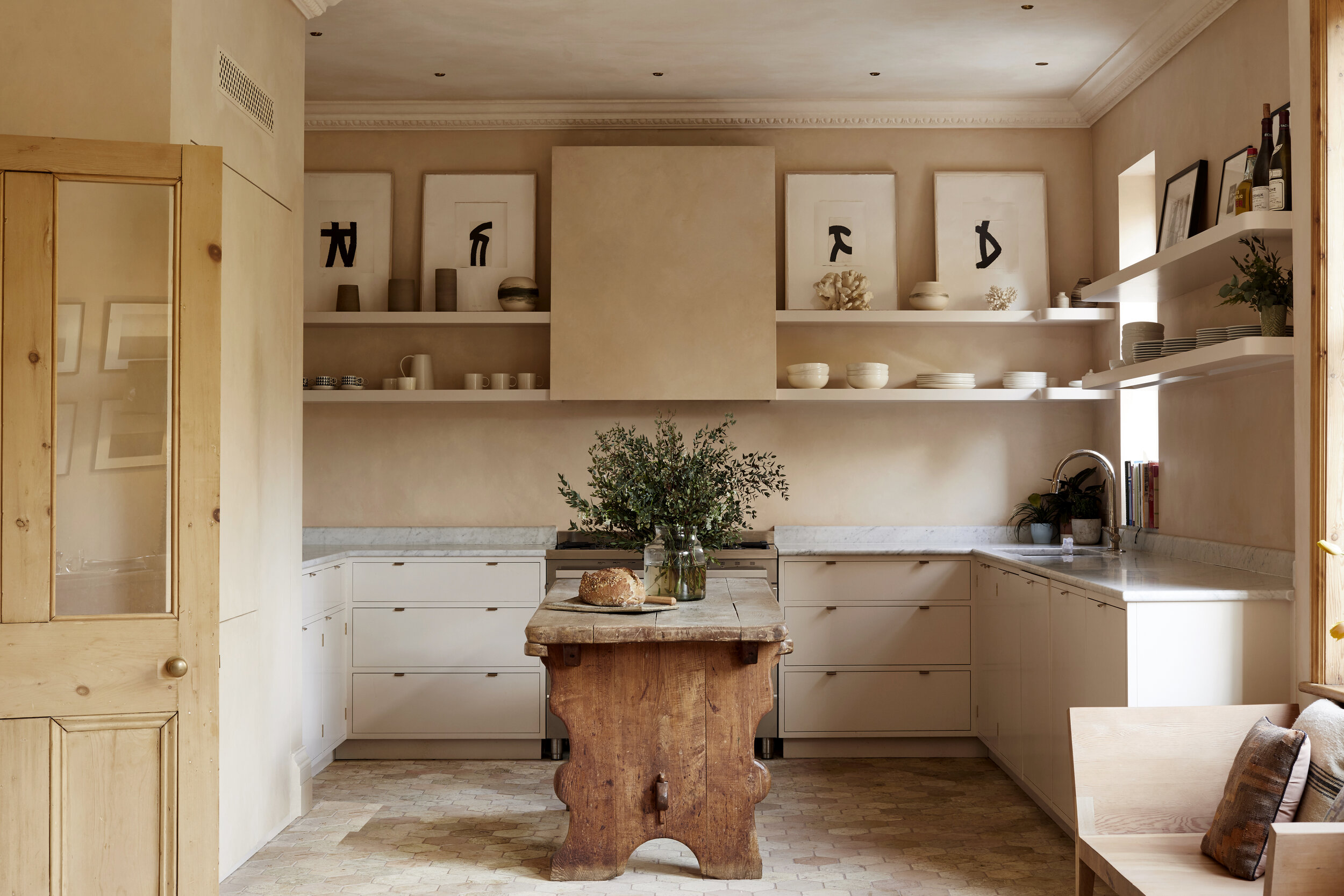
If you’re craving tiles that suggest texture, options made of natural materials – rather than ones meant to mimic them – feel more 2025.
In 2025, authenticity is in. Porcelain tiles aren’t the problem, it’s the ones pretending to be something they’re not that are raising eyebrows.
‘I’ve never been a fan,’ says designer Jessica Summer of faux-stone and wood-look tiles. ‘They can feel a bit flat and lifeless.’
Designer Nina Lichtenstein agrees, noting that wood-look porcelain had its moment, especially in regions where moisture made real wood impractical. Still, she adds, ‘They often lacked the warmth and tactile quality that makes real wood so beloved.’
If you’re drawn to textured surfaces, lean into the real thing. ‘I’d use natural stone – tumbled limestone or travertine, for example,’ says Jessica. ‘It’s warmer, more textured, and tells a better story as it wears.’
8. Thick, nondescript rugs
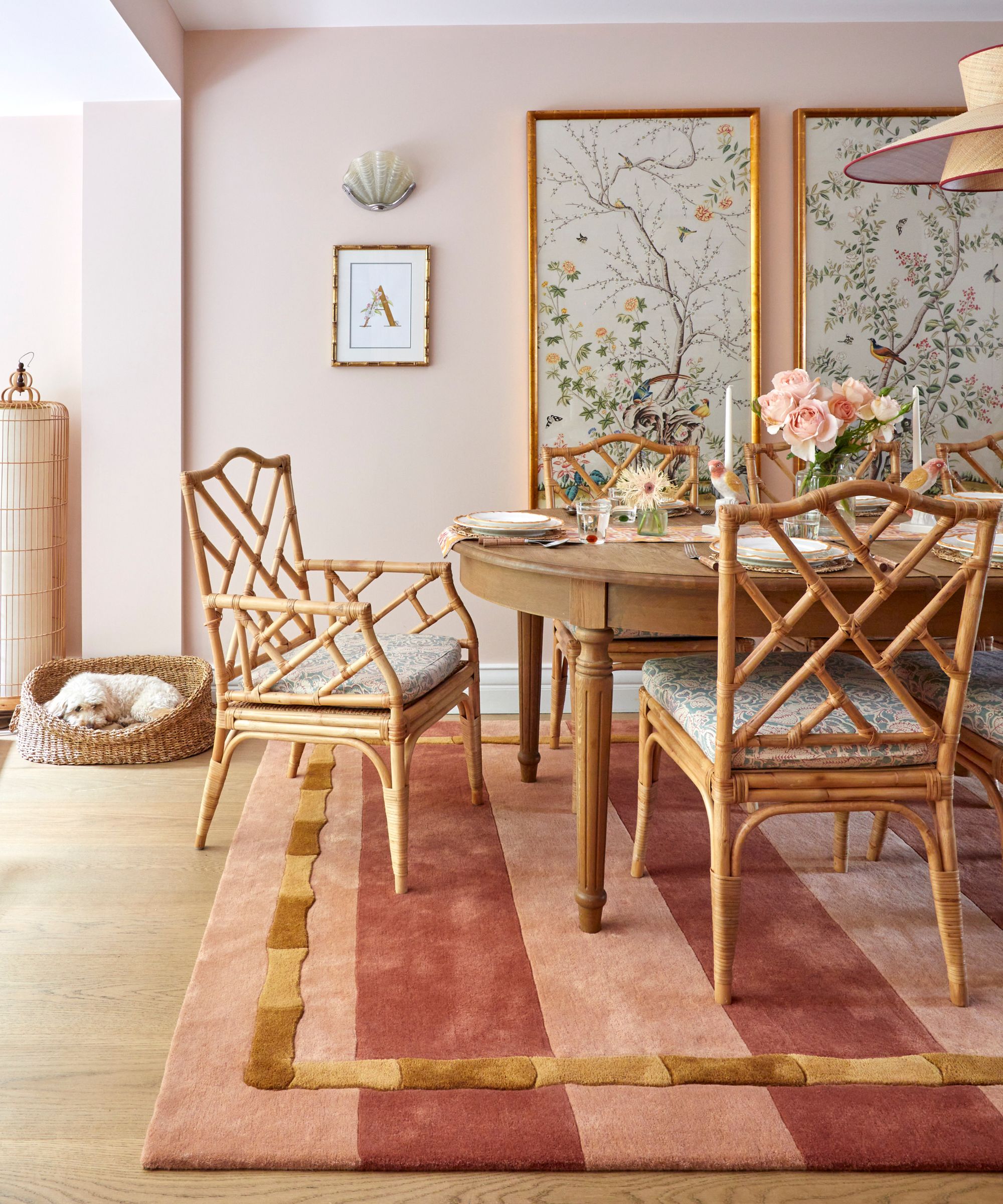
Think of your rugs like a dinner party guest: they should be interesting. Opt for ones that actually do something – with texture, personality – like this one from LAYERED’s Alice Crawley capsule.
In 2025, interiors are becoming more eclectic and expressive, thanks in part to trends like dopamine decor, so it makes sense that flooring is following suit. The consensus is that boring rugs are, well: boring. Designers suggest that nondescript, pared-back styles are starting to look dated, while more playful, textural options are firmly in.
‘Matching patterns and coordinated furnishings have given way to a more eclectic mix of pattern and color for interior designs,’ says Andy Guard, creative director at Roger Oates Design. ‘Embracing playful patterns and contrasting colors can add drama and excitement to a scheme.’
That shift extends to texture, too. A thick rug with no defining detail? Not doing much. ‘You just don’t see it much anymore,’ says designer Jessica Summer. ‘It flattens quickly and doesn’t add much interest. I think people want more texture from their flooring now,’ she adds, noting a rise in woven wool and natural fibers with tufted, looped, or flatwoven finishes. ‘They’re practical and bring in depth without dominating the room.’
And with so many 'fun' rugs to choose from, Elizabeth Sims offers a fix for the indecisive or commitment-averse: layering.
‘Certain spaces, especially bedrooms, can feel so plush and luxurious with the right carpeting, and there are lots of low-pile styles that you can even layer rugs over to define zones and add impact.’
While these flooring styles may be falling out of favor, there’s no shortage of fresh alternatives that feel more in step with the current mood. For more inspiration on where interiors are heading next, we've rounded up the top interior design trends for 2025 that might just inspire your next remodel.
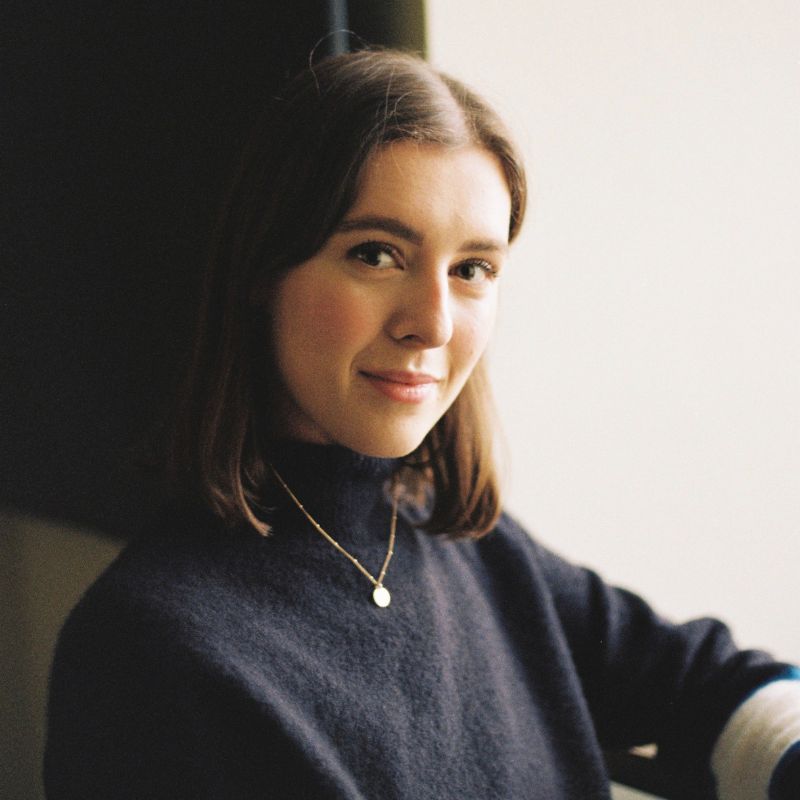
Emily is a freelance interior design writer based in Scotland. Prior to going freelance in the spring of 2025, Emily was Homes & Gardens’ Paint & Color Editor, covering all things color across interiors and home decor for the Homes & Gardens website. Having gained specific expertise in this area, Emily is well-versed in writing about the latest color trends and is passionate about helping homeowners understand the importance of color psychology in home design. Her own interior design style reflects the simplicity of mid-century design and she loves sourcing vintage furniture finds for her tenement flat.

